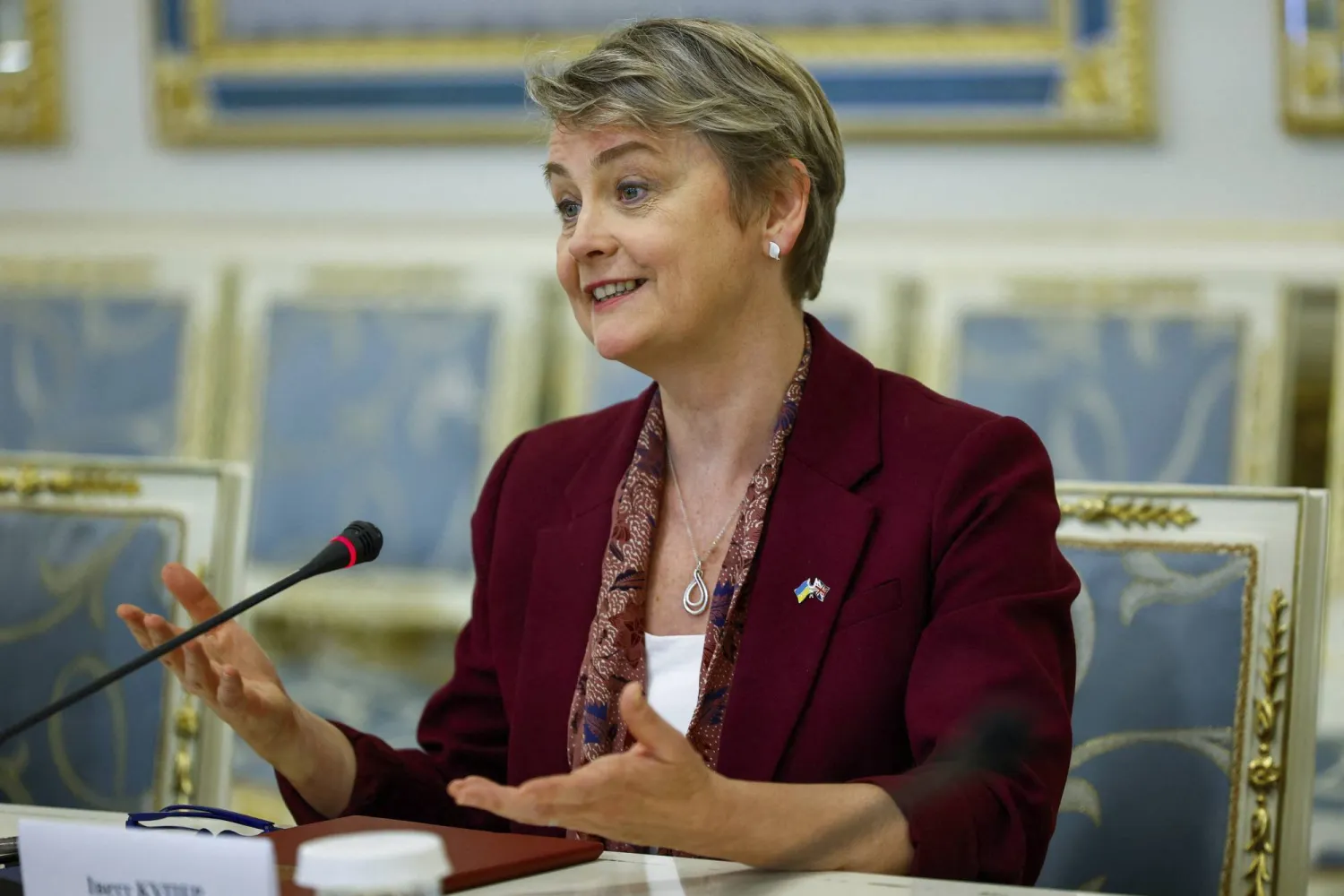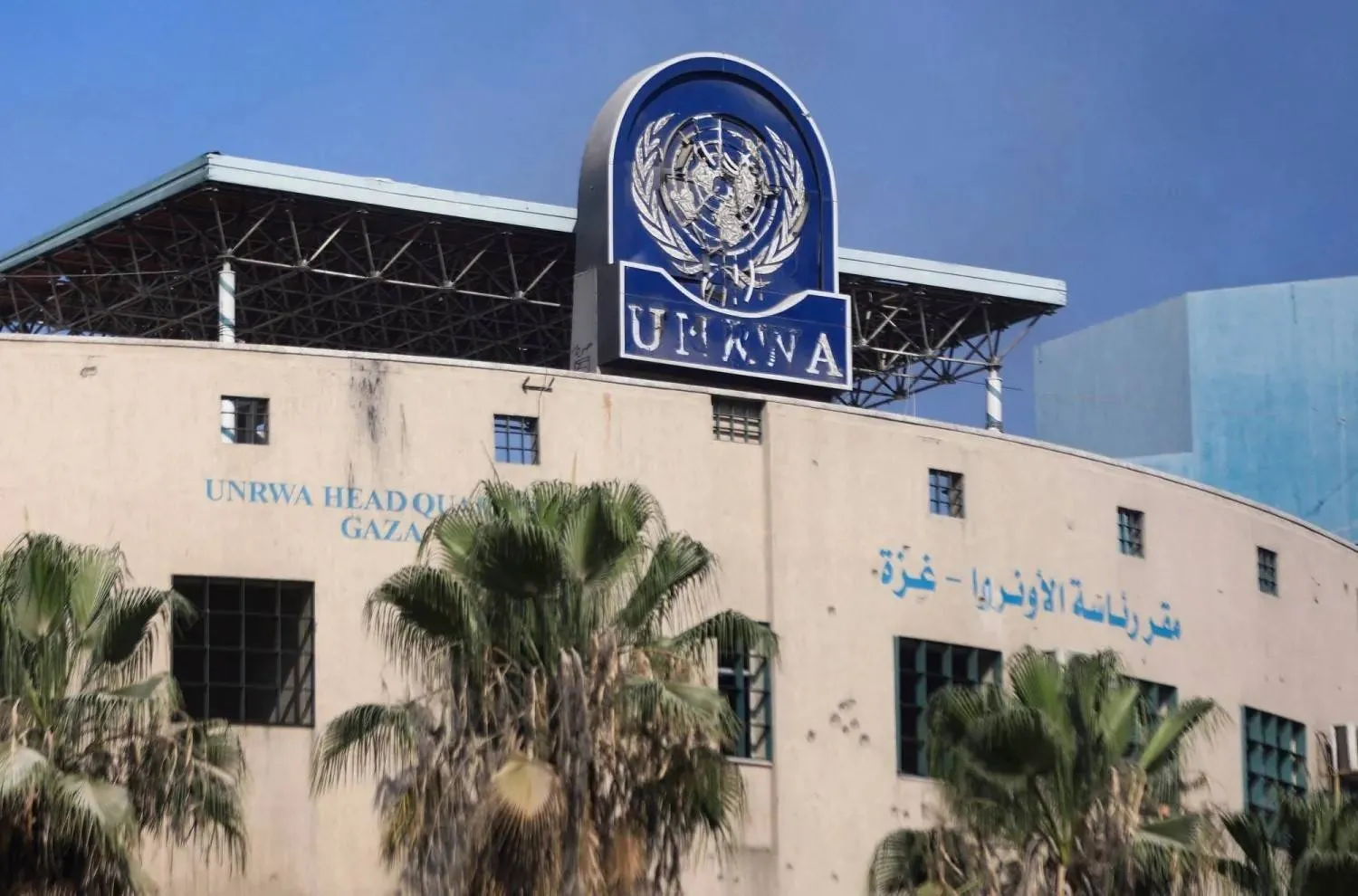Ignoring calls and warnings from both Sudan and Egypt, Ethiopia reaffirmed it still had plans to move forward with the second phase of filling its Grand Ethiopian Renaissance Dam (GERD) when the rainy season begins in July.
The second filling of the mega-dam will go ahead as scheduled in July/August, Prime Minister Abiy Ahmed tweeted on Sunday, noting that this step will prevent floods in neighboring Sudan.
Addis Ababa has repeatedly insisted that the dam is not aimed at harming the interests of downstream countries.
It announced in 2020 that it had completed the first phase of filling the dam, achieving its target of 4.9 billion cubic meters, which allowed the testing of the first two turbines of the dam. This year, it targets filling an additional 13.5 billion cubic meters.
Meanwhile, the Sudanese government has intensified its diplomatic efforts to mobilize African and Arab support for its position on the dispute.
Foreign Minister Mariam al-Mahdi held on Sunday a virtual meeting with ambassadors of the African Union (AU) member states.
She stressed in a statement her country’s firm stance, which calls for reaching a comprehensive binding and legal agreement before going ahead with the second filling.
Mahdi presented a detailed explanation of the outcomes of the recent talks in Kinshasa earlier this month and said Khartoum looks forward to receiving their support to reach an agreement fair to all parties, the statement noted.
Sudanese Minister of Irrigation and Water Resources Yasser Abbas took part in the meeting and stressed the importance of having the political will to achieve the desired gains for the three relevant parties.
He pointed to Sudan’s proposal to include the European Union, United States and United Nations in the negotiations, in an addition to current African Union mediators.
Cairo and Khartoum reject Addis Ababa’s unilateral second filling of the dam before reaching a binding agreement.
The latest round of talks between the three countries in Kinshasa ended with no progress made.









